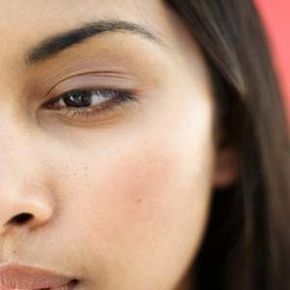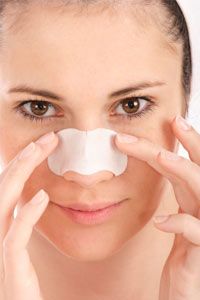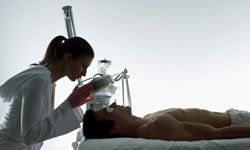For every hair on your body, there is a corresponding skin pore. Although we can't see all of these pores, we can see some of them. The same holds true with hair; while we share the same number of hairs with apes, human hairs are much less coarse, and most are so wispy they can't easily be seen.
The average adult has around 5 million hairs on his or her body, so if you think you have large pores and feel low about it, take heart in the fact that 4.9 million or so of your pores are nice and tiny and that only a proportionately small number of them are causing you grief.
Advertisement
Maintaining clean, healthy skin pores is important for maintaining healthy (and healthy looking) skin. Dirt and oil on your face collect around your pores like leaves and debris collect around a storm drain. When those pores get clogged, it creates a pile-up of oil and dead skin cells in the follicle. Soon, bacteria make their way to the blockage, and the growth in bacteria causes inflammation.
Now, someone on the other side of the blockage is ham-fistedly squeezing, poking and rubbing the blocked pore, which doesn't help matters one bit. It only adds more hand oils, dirt and unwelcome physical pressure -- all the things a zit needs to make it in this world. Worse, you may just make those pores stretch out more.
The bad news is that you can't do anything to permanently shrink large skin pores. The good news is that there are ways you can make them look smaller.
To learn everything you need to know about skin pores, quit touching your face and keep reading.
Advertisement


